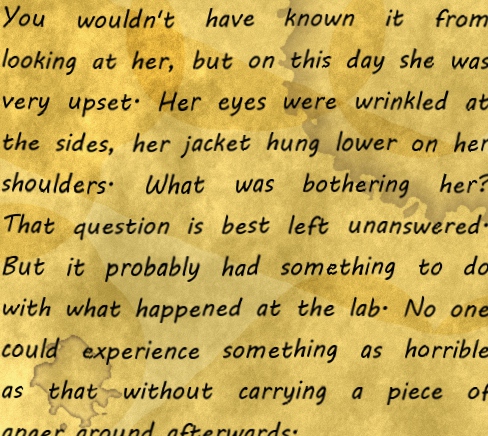

The Bond instruction can be set to + or. For example 3 blue Sync instructions and 2 red Sync instructions. You may have odd numbers of pairings of Sync instructions.You cannot have one Sync instruction by itself in the solution. You can have either no Sync instructions or at least two (one red and one blue).This is an instruction to temporarily stop a waldo in its path - until another waldo (of the opposite colour) passes over its own Sync instruction. There is no benefit in introducing a Rotate instruction to a single atom, apart from adding a delay.This delay should be taken into account in solutions. An atom or molecule affected by a rotation will temporarily stop along its path to carry out the instruction before carrying on.Rotations can be set to be clockwise, or anti-clockwise.This will allow you to position them so they do not collide with others, or to prepare the correct atom for bonding or unbonding. The Rotate instruction is useful for spinning molecules around. Setting to Drop - the waldos will release any atoms or molecules at this location.Setting to Grab - the waldos will only pick up atoms at this location, and begin moving them.If set to Grab/Drop, the waldo will automatically drop the atom or molecule if carrying one, or if the waldo is empty it will pick up and carry. It is set so that it either attaches an atom to a waldo (Grab), or releases a waldo from holding onto an atom (Drop). This is instruction can be set multiple ways- Grab, Drop and Grab/Drop. Molecules that overlap the boundary of the output area are not affected by this instruction.Atoms or molecules that are currently being held by a waldo are not affected by this instruction.You should ensure that only desired atoms or molecules are present in the desired output area before activating this instruction.Any out red or blue Out instruction can refer to either output area.

You may have multiple Out instructions of either colour.For example, when a red waldo passes over the red "Out Psi" instruction, any atoms or molecules in the "psi"-output-area (4x4), will be removed and added to the total. This will remove the atoms or molecules from the corresponding Output area (4x4). Out (or Output) instructions are activated when a waldo passes over. This will create each of those atoms/molecules in the same location in the "Beta" grid area. For example, you could have a blue "In Beta" instruction, and then a red "In Beta" instruction. You can have blue and red "In" instructions that refer to either the "Alpha" or "Beta" input atoms/molecules.Note you must ensure that the first atom is moved before the second atom arrives as this will cause a collision. It is possible to have multiple "In" commands for the path of one Waldo.Atoms and molecules are inserted into the input area according the location shown in left-hand guide box.

"In" instructions are essential, in order to have atoms and molecules entered into the solution.For example, when a red waldo passes over the red "In Alpha" instruction, the atom or molecule noted in the "Alpha" input area, will be inserted into the "Alpha" section. This will insert the designated atom or molecule into the relevant reactor grid square. You want to create a closed cycle to get a circular flow of each waldo. ( Only 1 red arrow can be applied to 1 grid square. Only one arrow of a particular colour can be applied to a reactor grid square.



 0 kommentar(er)
0 kommentar(er)
